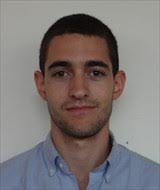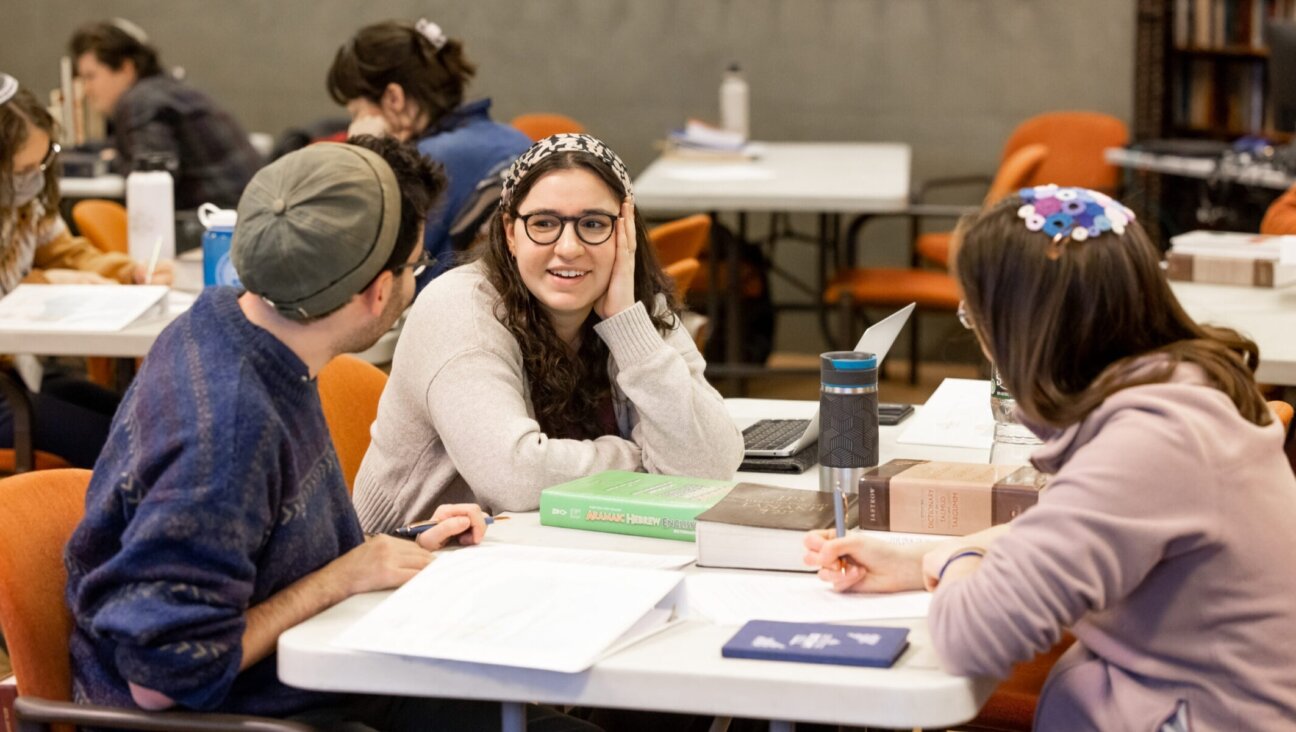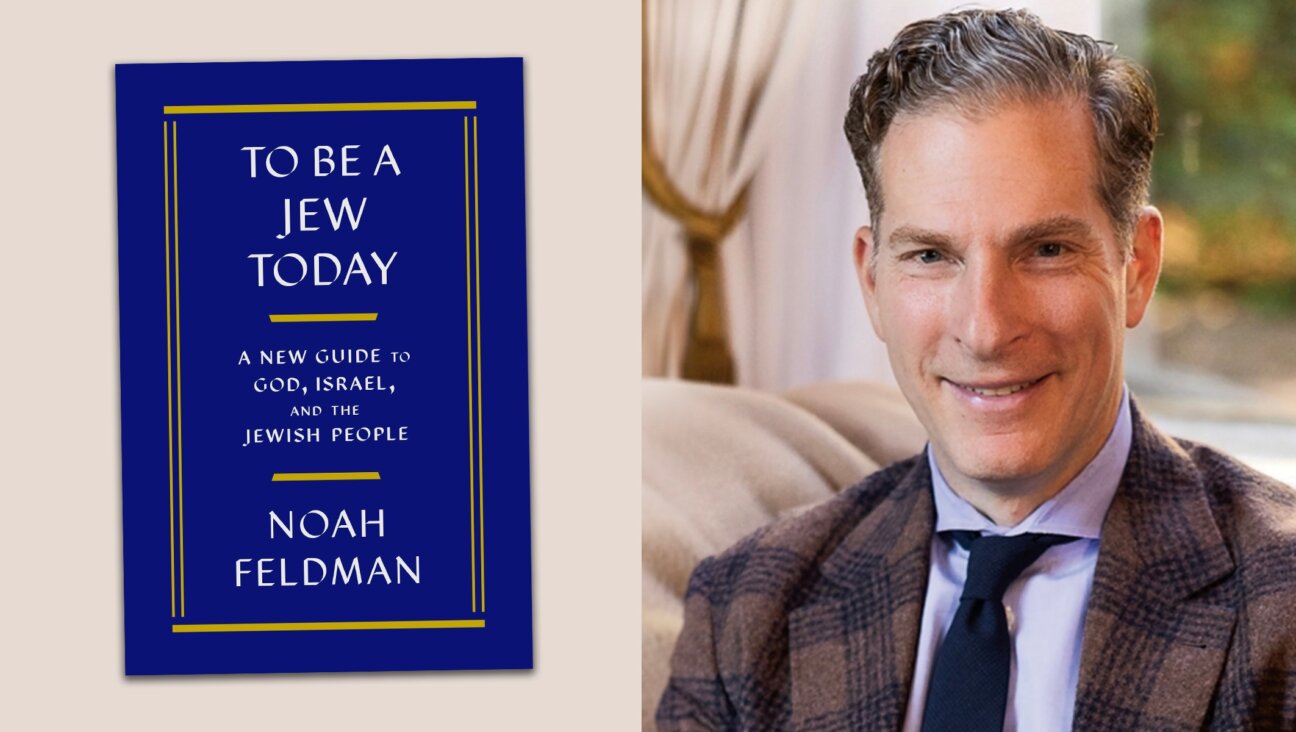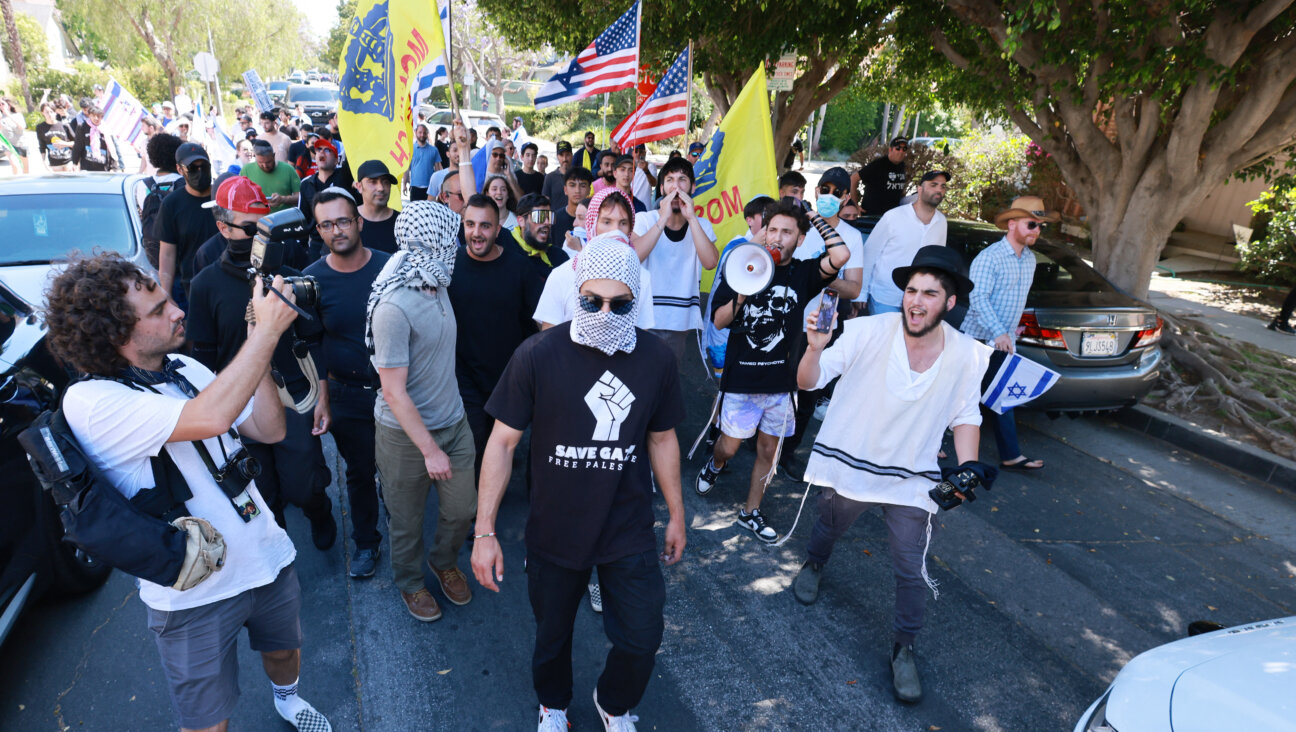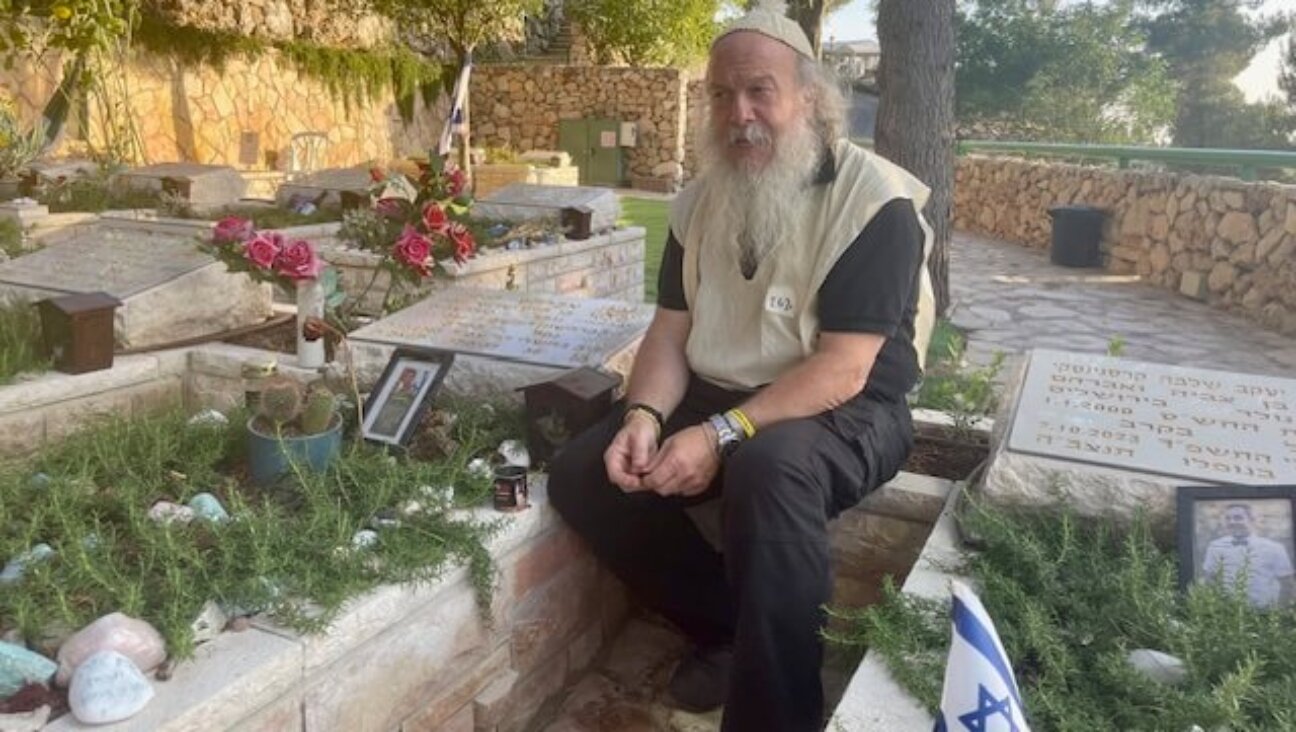Fake news and social media exaggerate L.A. protest anti-semitism, say local leaders

Graphic by Angelie Zaslavsky
The Jews of Los Angeles are not under siege– though some media outlets would have you believe otherwise.
Local synagogues, day schools, and Jewish-owned businesses are facing thousands of dollars worth of repairs after vandalism that occurred during the protests over the killing George Floyd.
But, officials from the Jewish Federation of Los Angeles and the Anti-Defamation League insist the Jewish community has not been targeted by protesters or by looters. No major damage was sustained by any Jewish institution, and there has been no rise in antisemitic incidents since Floyd’s death.
Jay Sanderson, president and chief executive officer of the Jewish Federation of Greater Los Angeles said that he has been fielding worried calls from Jewish leaders across the country and from Israel.
“They’re offering, ‘What can I do to help you?’” said Sanderson. “I’m like, Help me do what?”
He said the coverage in the last week — some true, some exaggerated, and some misleading or false — has created a collective impression of a community under siege.
“There’s a tremendous amount of disinformation out there, that makes the Jewish community look like it’s the victim of these protests, which couldn’t be further from the truth,” Sanderson said.
In the wake of civil unrest across the country, images of antisemitic and anti-Israel graffiti spread furiously on social media, with some linking the protests following the death of George Floyd to what they perceived as a proliferation of such sentiments.
“Tell me this ugly hatred is still about #blm or #georgefloyd?!” wrote one commenter alongside a picture of profane graffiti on the wall of Congregation Beth Israel, in the Fairfax district.
In several cases, misleading posts contributed to the sense that anti—Semitism fueled the protests. Sanderson cited as an example of a video the White House tweeted, and later deleted, that misidentified bollards in front of the Chabad of Sherman Oaks as a cache of bricks for use by anarchists.

Chabad of Sherman Oaks tweeted to set the record straight after the White House re-tweeted a video wrongly linking barriers in front of the synagogue to the antifa movement. Image by Via Twitter
Sanderson also mentioned a widely circulated image of graffiti on the iconic Beverly Hills sign.
The website StopAntisemitism.org uploaded a photo of the tagged sign to its Instagram, Twitter, and Facebook pages, concocting a caption on the image reporting that the spray-painted words (illegible in the photo) read “KILL THE JEW.” In actuality, they read “KILL THE RICH.”
While the account posted corrections to each platform later that night, it did not delete the original posts, allowing users to continue sharing the image, which overlays the photo of the graffiti with the false caption. On Facebook, the page of the organization’s founder, Liora Rez, has over 20,000 followers, and the post was liked over 300 times and shared 89 times. It had been retweeted over 350 times on Twitter as of Friday morning. The correction has only been retweeted 20 times.
In an email, Rez said not deleting the original posts — despite several comments on each platform encouraging her to — was a conscious decision.
“Deleting it after it’s been screen grabbed so many times would portray a message of us trying to hide something,” she said, adding, “Nothing really left to discuss pertaining to it.”
Rez did not respond to follow up questions.

Stopantisemitism.org posted photos of graffiti in Beerly Hills that it said read, “Kill the jew.” It did not, but the organization refused to take the post down. Image by Via Twitter
Amanda Susskind, the Los Angeles regional director of the Anti-Defamation League, which tracks reports of antisemitic activity, said that a quantifiable uptick in antisemitic activity over the last three years has made people more vulnerable to news they want to hear.
That has included conspiracy theories that Jewish people were the primary spreaders of the novel coronavirus, which was only found on fringe news outlets and social media.
“I think the fear that many people justifiably feel, is how long does it take before that fringe enters the mainstream,” Susskind said. “And so now you come to the moment of protests and civil disobedience and vandalism following the murder of George Floyd, and there is a certain audience, and appetite for seeing, is this the moment when antisemitism becomes mainstream?”
“The good news is, not that I’m seeing. But if you’re predisposed to thinking that way then you get this visual of ‘Kill the Jews’, that’s going to be your worldview all of a sudden.”
Some Israeli media coverage of the protests contributed to the misconception that Jews in L.A. were under siege. An article in Haaretz, headlined “People Are Terrified,” relied almost entirely on one interview with a resident of Pico-Robertson, a Jewish neighborhood that suffered some of the damages. The accompanying photograph, of a man standing in front of a burning building, led many readers to believe a synagogue had been set on fire.

Readers re-Tweeted this image from Ha’aretz mistakenly assuming a synagogue was on fire.
Implying that it was protesters — not looters or vandals — who bore responsibility for the destruction, does disservice not only to the protesters, but also to the work of combating real antisemitic activity, Sanderson said.
He did not deny that some of the vandalism had been overtly antisemitic. He had heard about the verbal and physical intimidation that occurred outside Baba Sale, the synagogue in the Fairfax area, which The Forward reported May 30. He had seen the defaced wall of Congregation Beth Israel.
But antisemitism is on the rise in general, Sanderson said, and the same confrontation could have happened any week.
“That happens, unfortunately, not infrequently in our Jewish community,” said the Federation president. “It’s not happening more now because of the protests.”
“I don’t want us to not think that the Jewish community doesn’t have issues we have to address in terms of antisemitism, in terms of vandalism,” he went on. “We just have to be very conscious and careful that we don’t connect the dots in a way that the dots aren’t connected.”
On Friday the L.A. Federation issued a statement that condemned the killing of George Floyd.
“We stand in solidarity in condemning racist conduct whether from institutions or individuals, including those who purport to act under cover of law, and we support the peaceful demonstrations against these injustices…We now commit to intensifying our efforts to improve relations and enhance understanding between our communities,” read the statement. It did not refer to the incidents of vandalism and looting of the past week.
Ivan Wolkind, the Los Angeles Federation’s chief operating officer, volunteers for the Los Angeles Police Department and was deployed on the night the rioting occurred.
He described the situation in the Fairfax area, a popular retail district that is also a historic Jewish neighborhood, as mayhem. “It was almost completely lawless,” he said.
But while Jewish institutions had been swept into the maelstrom, Wolkind said the type of damages — in most cases, broken windows or graffiti containing anti-police epithets —showed that Jews had not been specifically targeted.
If there were real intent to harm Jewish businesses and institutions directly, Wolkind said, there was no telling the destruction they could have wrought.
“Quite frankly, when you consider that there were thousands of people on the street in an almost lawless environment and that two antisemitic hate crimes happened? I thought, Thank God, that’s actually a pretty good sign,” Wolkind said.
Rabbi Abraham Cooper, the associate dean of the Simon Wiesenthal Center, said that it was difficult to discern the intent of the riot, but that the usual communication channels between the police department and the Jewish community had lapsed in the chaos.
The matter of intent, he said, was the “core question” facing the community right now.
He added that a call between Chief Michel Moore and various Jewish community leaders would take place on June 8.
Ultimately, Sanderson worried that the focus on the victimization of Jewish institutions during the riot detracted from the important matter of George Floyd’s death and the protests of police violence against black people.
“It troubles me that there’s a correlation being made in social media between the protest and a rise in antisemitic activity in Los Angeles,” Sanderson said. “There’s no factual evidence of that. So it troubles me as a Jewish leader, that people are making that correlation, first of all because it undermines these protests, which it shouldn’t, and second of all, because it isn’t true.”
